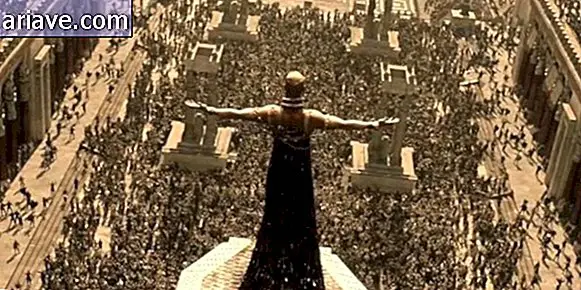Deck was used in WWII to hide escape maps
Playing cards had always been part of the life of soldiers who were fighting in a war, as this was the simplest way to pass the time and forget about the stressful daily life in a conflict zone.
During World War I, the American Playing Card Company (USPCC) realized the importance of the object and began producing cheap and affordable decks for soldiers leaving for Europe to fight on the western front.

Strategic Smuggling
During World War II, intelligence officers hired the United States Playing Card Company (USPCC) Bicycle to produce the most clandestine playing cards in history. What the British and American agencies had in mind was to use the Geneva Convention to their advantage.
Allied prisoners of war scattered throughout the camps in Germany and occupied Europe were entitled to receive Red Cross correspondence and packages, as long as the packages contained no weapons of any kind.

Escape route
In this way, the Allies saw an opportunity to smuggle useful objects for the prisoners if they could organize an escape. Of course, the items were disguised to avoid detection of guard officers.
This is how the USPCC engaged in a secret mission to produce a deck of cards that included a hidden map, showing escape routes, directions and tips with valuable information that could help a fugitive reach friendly lines or cross a country's border. neutral.

Christmas gift
The map was hidden between the two layers that formed a playing card. Once submerged in the water, it was possible to remove the layers to obtain a part of the map on each of the cards. So, just assemble the parts, and voila !
The decks were distributed over Christmas through Red Cross Christmas packages, which always contained a deck of cards to entertain captive prisoners. The map helped at least 32 people escape Coldiz Castle and encouraged over 300 escape attempts.
Very little is known about the details of clandestine decks, as their use was a violation of the Geneva Convention. However, cooperation was very fruitful between Allied intelligence agencies and the company.

Commemorative Edition
Bycycle Playing Cards decided to celebrate the legendary deck by reprinting it in a series called Bicycle Escape Maps Cards, which can be purchased regularly. The deck contains the map, but now it is visible in front of the cards.
Although the relaunch of the deck attracted much attention, the number of original decks that survived the war is unknown, as well as two on display at the International Espionage Museum in Washington, United States.










